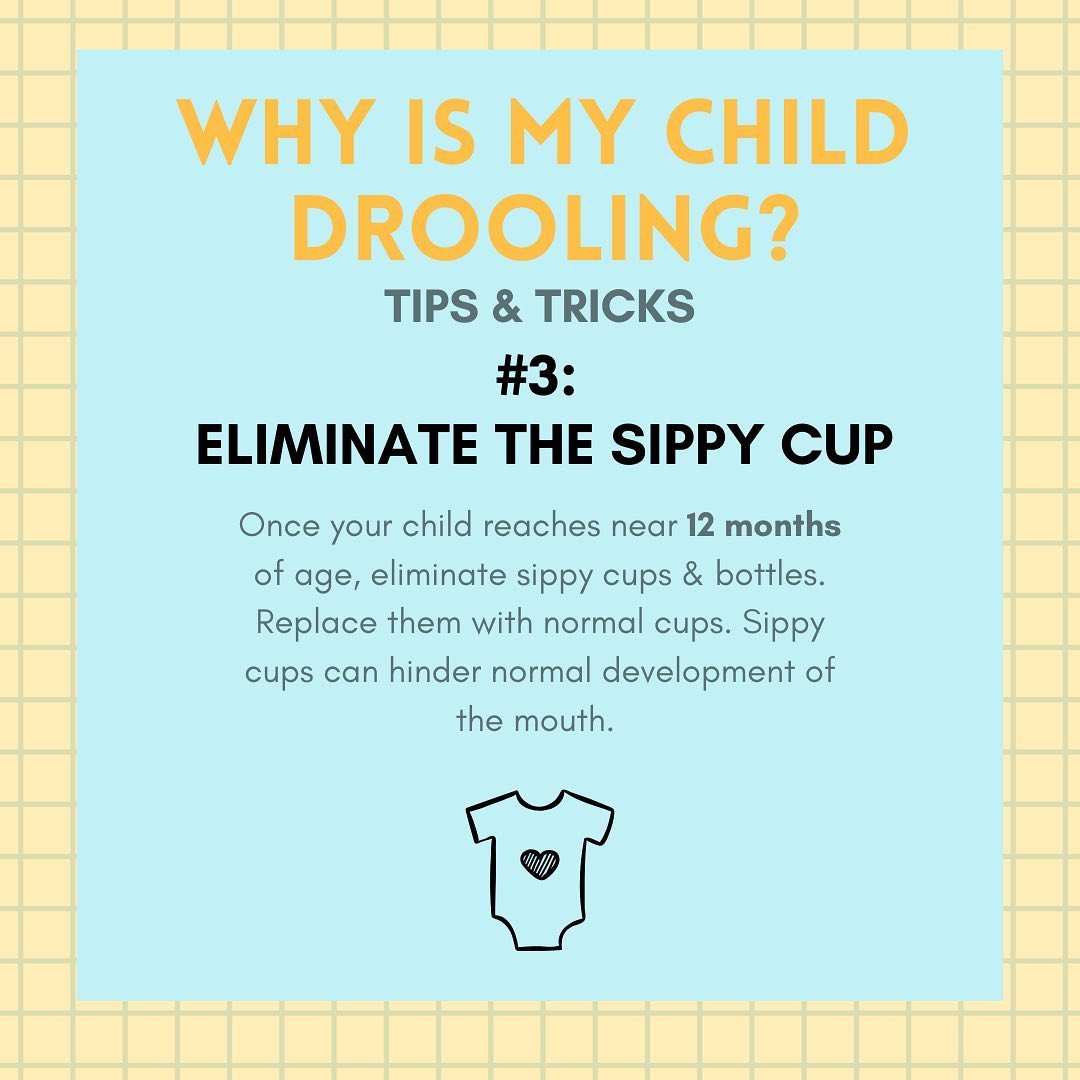Mastering B2B Sales Lead Generation: Proven Strategies for Effective B2B Lead Gen
In today’s competitive business landscape, generating high-quality leads is crucial for any B2B organization striving to grow its client base and drive revenue. Effective B2B sales lead generation is more than just a numbers game—it’s about engaging the right prospects with the right message at the right time. In this article, we explore comprehensive strategies and best practices to enhance your lead generation efforts and ensure a robust sales pipeline.
Understanding the Importance of B2B Lead Generation
B2B lead gen is the lifeblood of sustainable business growth. Unlike consumer markets, B2B sales cycles are typically longer and more complex, requiring a nuanced approach to nurturing relationships and building trust. By focusing on lead quality rather than sheer quantity, businesses can ensure that sales teams invest their time and resources on prospects with genuine potential.
Key benefits include:
Targeted Outreach: Tailor your messaging and campaigns to resonate with specific industries, job roles, or pain points.
Increased ROI: High-quality leads lead to higher conversion rates, ultimately delivering a better return on marketing and sales investments.
Enhanced Customer Relationships: Focusing on nurturing leads can build lasting relationships, translating into long-term business partnerships.
Crafting a Strategic Approach to B2B Lead Generation
1. Define Your Ideal Customer Profile (ICP)
A successful B2B lead generation strategy begins with a clear understanding of your ideal customer. Define your ICP by considering factors such as industry, company size, geographical location, and specific challenges your product or service can solve. This clarity will guide your content creation, advertising, and outreach efforts, ensuring they are aligned with the needs and interests of your target audience.
2. Leverage Content Marketing
Content is king in the world of B2B lead generation. Educational and insightful content not only helps build your brand authority but also attracts prospects at various stages of the buyer’s journey. Consider the following tactics:
Blog Posts and Articles: Publish content that addresses common industry challenges, emerging trends, or innovative solutions.
Whitepapers and eBooks: Offer in-depth analysis and data-driven insights in exchange for contact information.
Webinars and Podcasts: Host live events or recorded sessions featuring industry experts to engage prospects and foster interaction.
3. Optimize Your Website and SEO Strategy
Your website serves as the digital storefront for your business. Optimizing your site for search engines is essential to capture organic traffic and convert visitors into leads. Key actions include:
SEO Best Practices: Implement on-page SEO techniques, including keyword optimization, meta descriptions, and quality backlinks.
Landing Pages: Design dedicated landing pages for campaigns, ensuring clear calls-to-action (CTAs) and forms that capture essential lead information.
User Experience (UX): Enhance site navigation and ensure mobile responsiveness to reduce bounce rates and improve conversion rates.
4. Embrace Social Media and LinkedIn Outreach
Social media platforms, particularly LinkedIn, are powerful tools for B2B lead generation. LinkedIn allows businesses to connect with decision-makers and share valuable content directly with a professional audience. Effective tactics include:
Thought Leadership: Share industry insights, case studies, and success stories to build credibility and authority.
Targeted Ads: Utilize LinkedIn’s advanced targeting options to reach specific industries and job titles.
Community Engagement: Participate in industry groups and discussions to increase brand visibility and foster relationships.
5. Utilize Email Marketing and Automation
Email marketing remains one of the most effective channels for nurturing B2B leads. By creating segmented and personalized email campaigns, you can deliver relevant content that guides prospects through the sales funnel. Consider these strategies:
Lead Nurturing Sequences: Develop automated email workflows that provide value and educate prospects over time.
Personalization: Tailor email content based on user behavior, preferences, and engagement history.
Analytics: Regularly analyze email performance metrics (open rates, click-through rates, conversion rates) and refine your strategy accordingly.
6. Invest in Data-Driven Tools and Analytics
Modern B2B lead generation relies heavily on data. Invest in tools that provide insights into lead behavior, campaign performance, and overall ROI. Tools like Customer Relationship Management (CRM) systems, marketing automation platforms, and analytics software enable you to:
Track Engagement: Monitor which content and channels are generating the most qualified leads.
Optimize Campaigns: Use data to continuously refine your messaging and targeting strategies.
Forecast Sales: Predict future trends and adjust your strategy to meet evolving market demands.
Best Practices for Sustained Success
Continuous Testing and Optimization: Regularly experiment with different messaging, channels, and formats to identify what resonates best with your audience.
Alignment Between Sales and Marketing: Ensure that sales and marketing teams are working collaboratively. Clear communication and shared goals can significantly improve lead quality and conversion rates.
Follow-Up is Key: Prompt and personalized follow-ups can make all the difference in converting a lead into a client. Develop a systematic approach to ensure timely communication and engagement.
Effective B2B sales lead generation is an ongoing process that requires a strategic blend of creativity, technology, and data analysis. By defining your ideal customer profile, leveraging content marketing, optimizing your digital presence, and embracing data-driven insights, you can build a sustainable lead generation engine that fuels business growth.
Implementing these strategies not only enhances the efficiency of your marketing and sales efforts but also positions your organization as a trusted partner in your industry. Stay adaptable, continuously refine your approach, and watch as your lead generation efforts translate into meaningful business relationships and revenue growth.




Post Comment